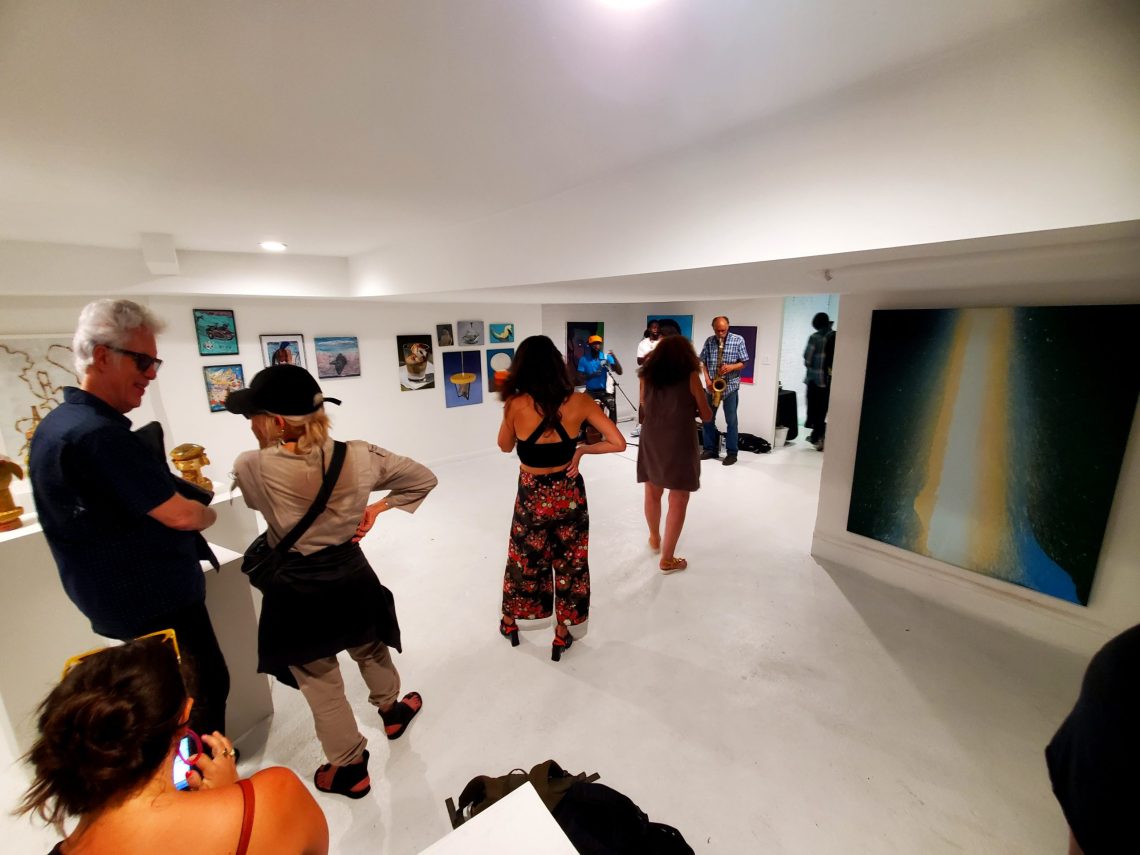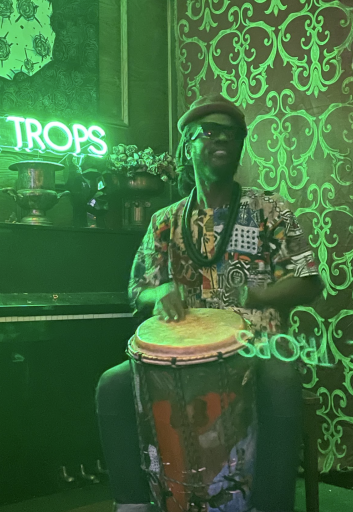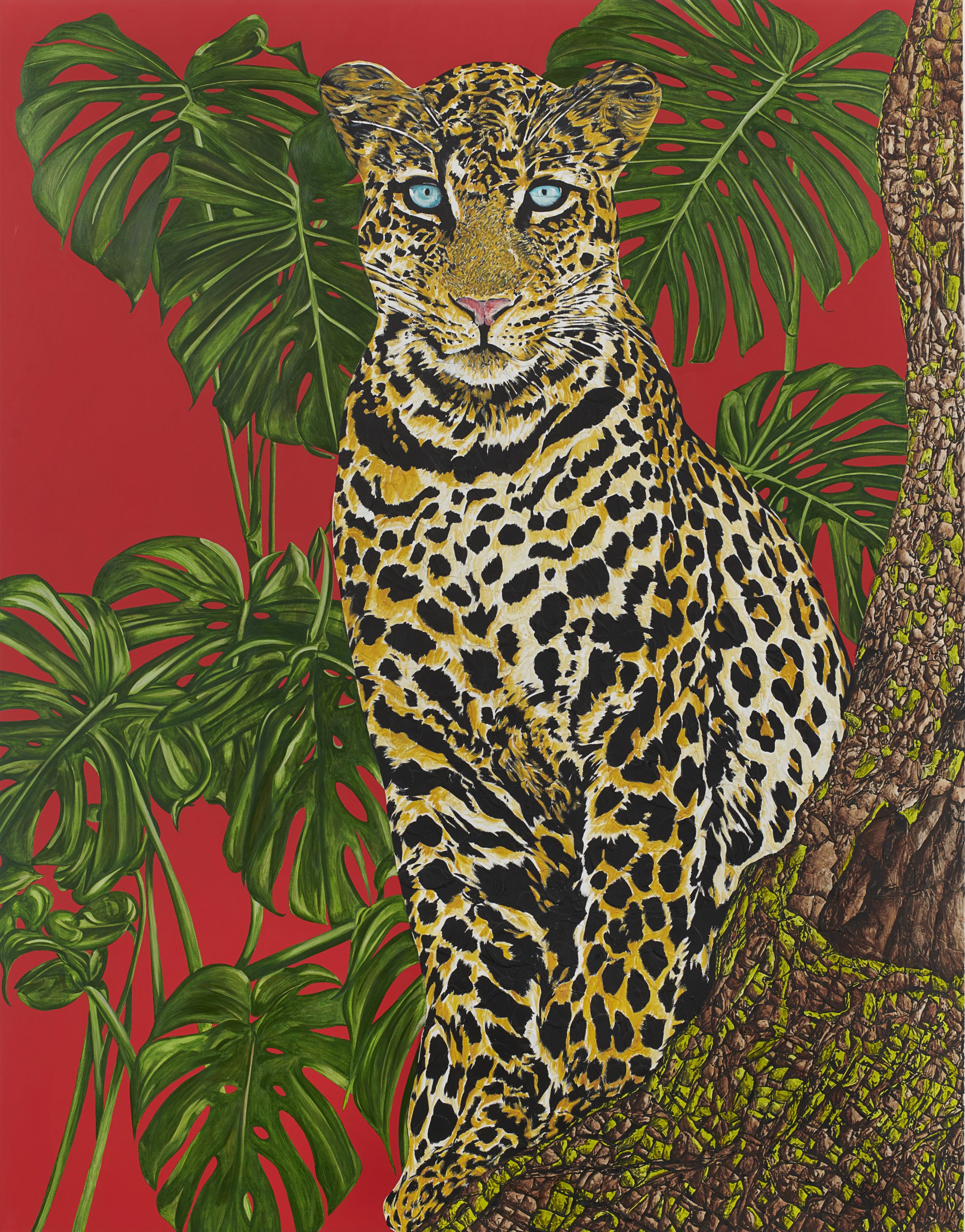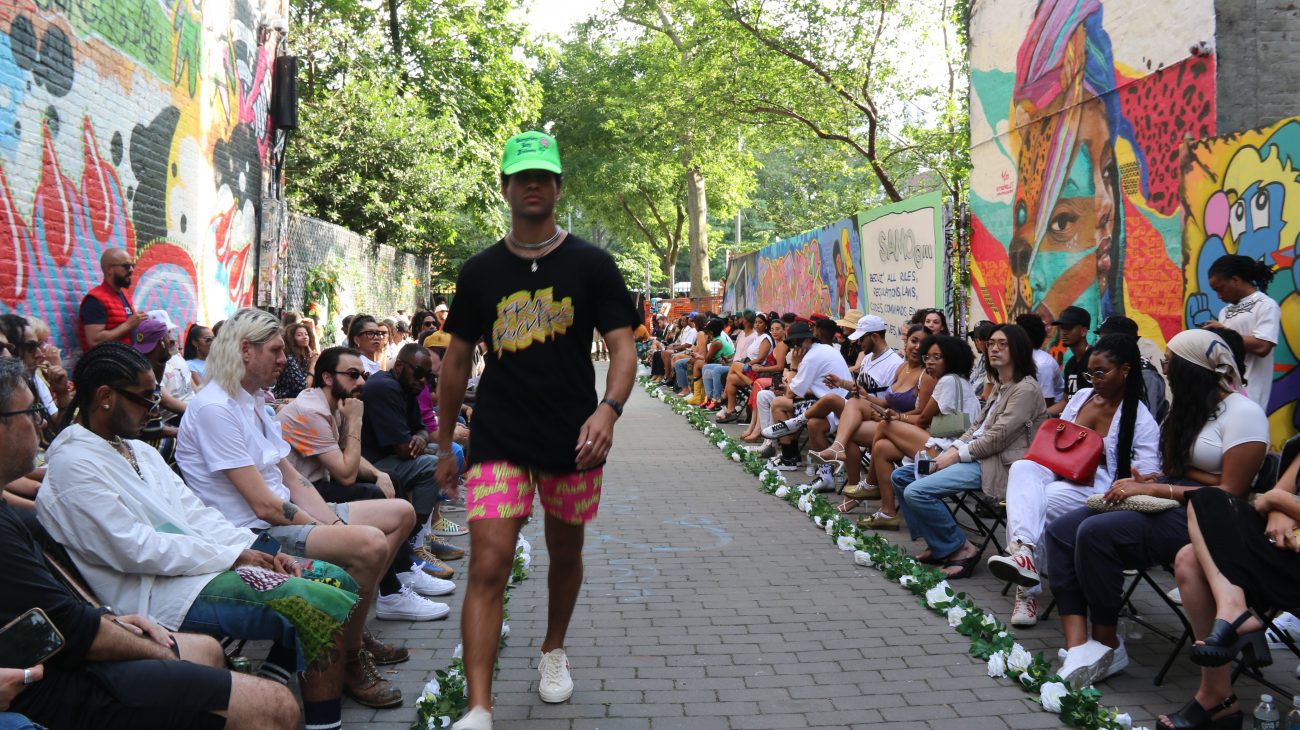An Interview with Sante D’Orazio (Part 1)
Talisa Soto-Bratt, Photo by Sante D’Orazio, 1992
D’Orazio’s world is populated by supermodels, actors, rock stars, and icons. His +30 year career has seen concurrent themes of eternal youth, stunning beauty, and rock and roll. D’Orazio’s portfolio is a mixture of informal and posed – an uncensored and provocative trademark. Since he first shot for Italian Vogue in 1981, D’Orazio’s work has been published in the likes of Andy Warhol’s Interview, Italian, French and British Vogue, Vanity Fair, and GQ among others.
In part 1 of their 3 part interview, Sante D’Orazio and Alexandra Kosloski discuss the artist’s current projects and the emotional connection behind his photographs.
AK: Can you describe what it feels like to make art? What is that feeling to you?
Sante D’Orazio: It’s beyond the feeling; it’s a way of life. I can’t not make. There’s a sense that if I’m not creating, I’m usually destroying. It’s the two sides, the yin and the yang of creativity. I’ve seen it with so many different artists and so many different fields. You get destructive. If you don’t have an outlet, it hurts. Whether it turns inwards and it becomes depression, or it comes out in so many different forms. Once you find the creative form, it’s healthier, but it’s just about finding it. And you need it. It’s life giving or taking.

Geometric painting by Sante D’Orazio, 2021
AK: What is your current studio practice like?
Sante D’Orazio: It varies. Recently, I had to get spinal surgery, and so I couldn’t take pictures. I couldn’t move around– because when I shoot, I move– I bend, I twist, I turn. I couldn’t do that, so I was painting more. The worse it got, the less I could paint. I had to find something else, so I started writing. I’ve always told stories since I was a kid, so I decided to write those stories down, not thinking of any particular narrative. I just wrote stories down and put them away, and when I had enough of them, I put them in some order and I had a memoir. And so I wrote a memoir during the COVID period and the period where I couldn’t walk.
Then the other thing I’ve been doing lately, which I hadn’t done in 40 years, is editing my archive. Let’s say I was doing ten pages for Vogue: they only used ten pictures, yet I shot maybe a thousand. Now, you don’t throw the others away– they’re all good pictures. Some are even better than the ones that they used, but I had to put them away because I’m onto the next shooting, and then the next one after that. When you were shooting at my pace, you didn’t even have time to know if your pictures were any good. And the only time you knew that they were good is when the client didn’t call, because if they did, that means there was something wrong. They never called you when something was right. So you put them away, and move on. And now, I’m finding gems I never knew I had. I remember the shootings, but I didn’t remember the particular images and oh, my God, I can’t believe it. I have a new me through all those images. So, I’m only up to 1993 and I started eight months ago, so you can imagine how much work I have to do.
AK: That sounds like a huge undertaking.
Sante D’Orazio: It’s daunting.

D’Orazio in his studio
AK: Not only the sheer volume of images to filter through, but emotionally, I imagine it’s exhausting.
Sante D’Orazio: Yeah, it is. The other thing that you have to know is that taking the picture is really only half the job– the other half is recognizing it within the edit. No one can edit for you if you’re looking for yourself on an artistic level. On a commercial level, knock yourself out. But on a personal level, I have to edit. I have to find my picture. I think that’s the only reason a photographer– and I’ll speak for myself– has any great success.
You have to connect with your subject emotionally. I do. I make a strong connection with my subject. There’s trust, there’s a bond, and there’s a real closeness that happens. If it appears sexy or sensual, it is, but not on a physical level, it’s on an emotional level. And it ends there. But you really care about each other. And when you see each other again, it’s that same trust and love. I just edited some pictures of Talisa Soto– she was a great model– and I sent them to her and she texted me back, she goes “Sante, I always loved working with you.”
AK: That’s so nice to hear.

Christy Turlington by Sante D’Orazio, 1993
Sante D’Orazio: Yeah, it’s so nice. I always felt the same. And it was that bond that I’m talking about. It’s care, a lot of care.
AK: I was wondering if you could talk a little bit more about that, because there is such a sense of freshness and intimacy in your photographs, even when they’re obviously posed. Do you think that that bond plays a role?
Sante D’Orazio: Big role. Yeah. Guys in general are insensitive when it comes to that, but women seem to see it immediately. That trust stays because I was never a predator. And when they came back, the photographs just picked up again from that moment. And that’s what you see in the pictures.
You see it in their eyes. You just catch the whole feeling as soon as you meet somebody. And then to finish what we were saying, is that you have to then find that moment in their eyes in the edit. The eyes may be looking to the left, and the way they’re looking– is it inquisitive, is it trusting, is it not trusting? You have to be able to recognize that, you have to be sensitive to it. And then that’s the picture.
Continue to Part 2
An Interview with Sante D’Orazio (Part 1) Read More »
Interview



















